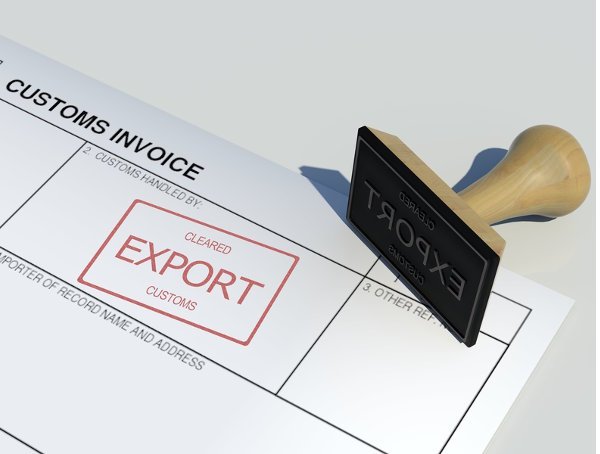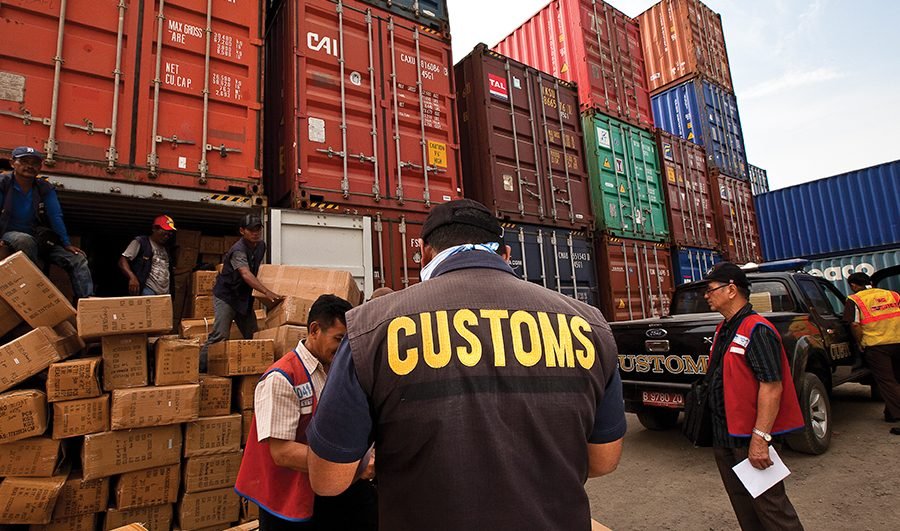
International shipping is a complex process that requires careful preparation and documentation. Proper documentation is crucial for ensuring that goods move smoothly across borders, meet legal requirements, and are accurately tracked. This article explores the essential documents needed for international shipping and their roles in the process.
There are so many types of document for international shipping, here we will show you all of them, for attention each country has a policy so it is possible that for documents in some countries there are additional documents that are only issued by that country.
1. Commercial Invoice
The Commercial Invoice is a fundamental document in international trade. It serves as a contract between the buyer and seller and provides essential information about the transaction. This document typically includes details such as:
- A description of the goods
- The quantity and price of the goods
- The terms of sale
- The names and addresses of the buyer and seller
The commercial invoice is used by customs authorities to assess duties and taxes and as a record of the transaction for both parties.
2. Packing List
The Packing List provides detailed information about the contents of the shipment. It includes a breakdown of the items, their weights, and their dimensions. This document is crucial for:
- Customs clearance
- Inventory management
- Ensuring the safe and proper handling of goods
It helps customs officials verify that the goods match the description in the commercial invoice and assists in the efficient handling of cargo.
Also read : Effectice Shipping With Good Strategies
3. Bill of Lading (B/L) or Air Waybill (AWB)
The Bill of Lading (B/L) and Air Waybill (AWB) are transportation documents issued by the carrier. They serve as a receipt for the shipment, evidence of the contract of carriage, and a document of title. The Bill of Lading is used for sea shipments, while the Air Waybill is used for air freight.
These documents contain critical information, including:
- The names of the shipper and consignee
- The description and quantity of the goods
- The shipping route and carrier details
They are essential for tracking the shipment and are often required for customs clearance.

4. Certificate of Origin
The Certificate of Origin certifies the country in which the goods were manufactured. This document is crucial for determining the tariffs and duties applicable to the shipment. It may be required by customs authorities in the importing country and can also be necessary for the application of preferential tariff rates under trade agreements.
5. Export License
An Export License may be required for certain goods, depending on the regulations of the exporting country. This license grants permission to export specific items, often those that are restricted or controlled due to their nature, such as military equipment, technology, or sensitive materials.
6. Import License
Similarly, an Import License may be required by the importing country. This document allows the importer to bring specific goods into the country. It is often necessary for regulated items such as pharmaceuticals, food products, and electronics.
7. Insurance Certificate
The Insurance Certificate provides proof that the shipment is covered by insurance. This document details the terms of the insurance policy, including the type of coverage, the insured amount, and the covered risks. It is essential for protecting the value of the goods in case of damage or loss during transit.
Also read : How to found the Right Logistics Services
8. Customs Declaration
The Customs Declaration is a mandatory document for the customs clearance process. It provides detailed information about the goods being imported or exported, including their value, classification, and origin. Customs declarations are used by customs authorities to assess and collect duties and taxes.
9. Dangerous Goods Declaration (if applicable)
If the shipment includes hazardous materials, a Dangerous Goods Declaration is required. This document provides specific information about the dangerous goods, including their classification, quantity, and handling instructions. It ensures that the goods are transported safely and in compliance with international regulations.

10. Proforma Invoice
The Proforma Invoice is an initial invoice provided by the seller to the buyer before the actual shipment. It serves as a quotation and outlines the terms of the sale, including the price, delivery terms, and payment terms. It is often used for obtaining financing or opening a letter of credit.
11. Import/Export Permits
Certain goods may require Import or Export Permits. These permits are issued by government authorities and regulate the trade of specific items, such as endangered species, cultural artifacts, or dual-use goods.
Conclusion for Document For International Shipping
Proper documentation is critical to the success of international shipments. Each document for international shipping has a unique role in ensuring compliance with legal requirements, facilitating customs clearance, and protecting the interests of the parties involved. By carefully preparing the necessary documents, businesses can avoid delays, minimize risks, and ensure a smooth and efficient shipping process.
